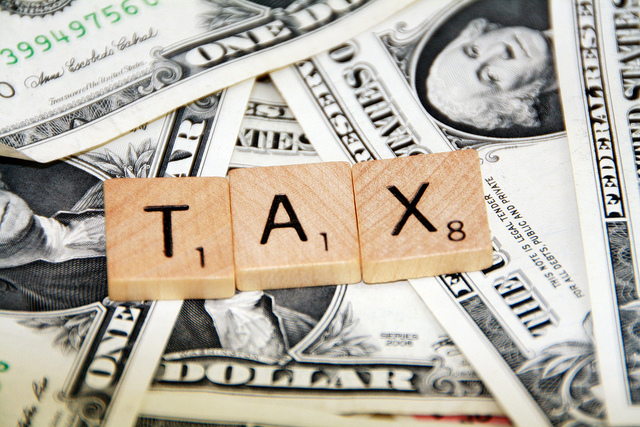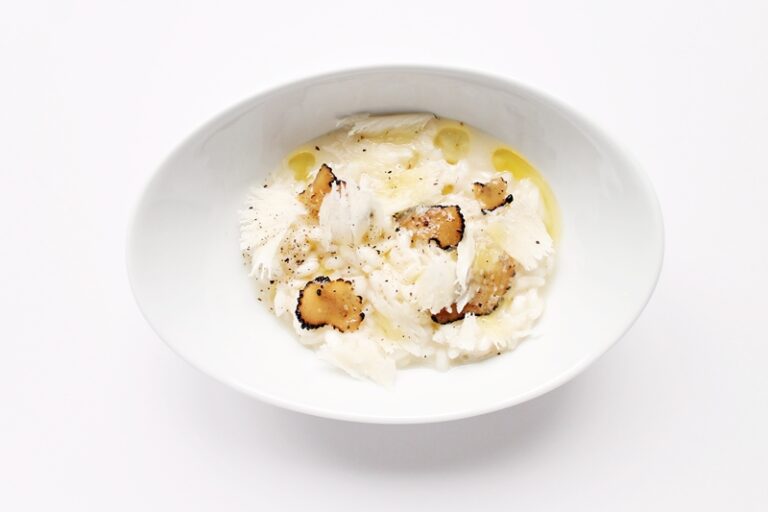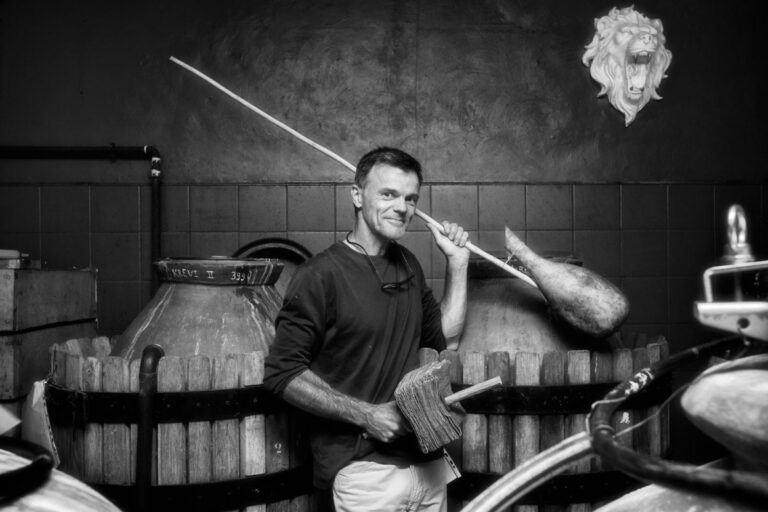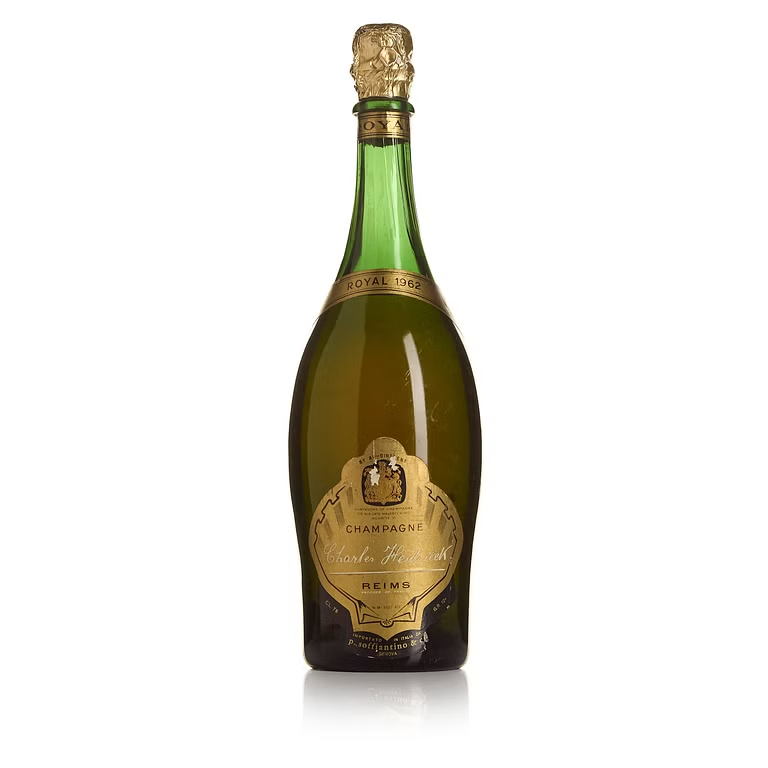TheChampagneSommelier reflects on the tax war on Fine Wine & Champagne. [ read the full champagne story ]

As a connoisseur of fine Champagne, I’ve always believed that the joy of a truly great bottle transcends borders. Yet, the reality of international trade, particularly the intricate web of tariffs and taxes, can cast a shadow over this otherwise unhindered pleasure. For those of us deeply invested in the world of French wine and, especially, our beloved Champagne, understanding the nuances of US taxes on these imports is crucial.
The relationship between the US and European wine, particularly French, has often been a delicate dance, at times verging on a tense standoff. We’ve witnessed periods where political disputes far removed from the vineyards of Champagne or Bordeaux have directly impacted the price and availability of these liquid treasures in the American market.1
A Recent History of Turbulence
Recall the significant disruption of 2019, when the US, amidst a trade dispute with the European Union concerning aerospace subsidies (Boeing vs. Airbus), imposed a 25% tariff on certain still wines from France, Germany, Spain, and the United Kingdom. This wasn’t a tax on luxury goods in the traditional sense; it was a strategic move in a broader trade negotiation.
The impact was immediate and substantial. Importers, who bear the brunt of these tariffs upfront, faced immense financial strain. This additional cost was, inevitably, passed on to distributors, retailers, and ultimately, the American consumer.2 Sales of affected French wines saw significant declines, with some estimates suggesting hundreds of millions of euros in losses for the French wine and spirits sector.
For the American market, this meant higher prices, reduced selection, and a noticeable shift in consumer behavior. Many consumers, faced with a more expensive bottle of their favorite Bordeaux or Burgundy, opted for domestic alternatives or wines from unaffected regions like Italy or Champagne (which, thankfully, was largely exempt from these specific tariffs at the time). Restaurants and retailers, already operating on tight margins, also felt the squeeze.
Champagne’s Relative Sanctuary (for now)
It’s noteworthy that during these periods of heightened tariffs, Champagne often held a somewhat protected status. While still wines bore the brunt, sparkling wines were frequently excluded from the most severe tariffs. This was a small, yet significant, reprieve for the Champagne region and its devoted American clientele. However, the threat of broader tariffs, even on Champagne, has lingered, creating an environment of uncertainty for producers and importers alike.3
Beyond Tariffs: The Regular Import Landscape
Even without the dramatic headlines of trade wars, French wines and Champagnes entering the US market are subject to a range of standard taxes and duties. These typically include:
- Federal Excise Taxes: The Alcohol and Tobacco Tax and Trade Bureau (TTB) levies excise taxes based on alcohol content and volume.4 While generally a fixed amount per liter or gallon, these taxes contribute to the overall cost.
- Import Duties: These are set by the Harmonized Tariff Schedule (HTS) and can vary.5 For wine, these are generally between $1 and $2 per liter, though fortified wines can have higher rates.6
- State-Specific Taxes: Beyond federal regulations, each US state has its own unique tax structure for alcoholic beverages, which can significantly impact the final retail price.7 These can include sales taxes, excise taxes, and sometimes specific “control state” markups where the state controls the distribution and sale.8
It’s also worth mentioning the Craft Beverage Modernization and Tax Reform Act (CBMA) credits, which can offer significant savings on excise taxes for imported wines if specific criteria are met, primarily benefiting smaller producers and importers.9
The Current Climate and Future Outlook
As of mid-2025, the landscape around US tariffs on French wines remains fluid. While some of the more punitive tariffs from previous administrations have been suspended or avoided through ongoing negotiations, the underlying political tensions can resurface, making long-term planning challenging for producers and importers. The mere threat of tariffs, even if not fully implemented, can cause considerable apprehension and disrupt supply chains as businesses try to mitigate potential risks.10
For French winemakers, particularly those reliant on the lucrative US market (the largest export market for French wine and spirits), this uncertainty is a constant source of anxiety. It forces them to consider diversification into other markets and can hinder investment and growth.
My Perspective
From my vantage point, the imposition of tariffs on cultural products like wine is a regrettable consequence of broader political disputes. While I understand the complexities of international trade and national interests, the true cost is often borne by the very people who produce and cherish these goods, and ultimately, by the consumers who seek to enjoy them.
For the Champagne Club, our mission remains clear: to celebrate the unparalleled beauty and diversity of Champagne. While economic policies influence accessibility, they should never diminish our appreciation for the dedication, heritage, and sheer artistry contained within every bottle. Let us hope that the future brings greater stability and predictability to this vital trade, allowing the world to more freely enjoy the exquisite expressions of France’s vineyards.
What are your thoughts on how these trade policies affect your access to and enjoyment of French wines and Champagnes?






